Pop! Click! Snap! A din rings across the marsh from oysters closing their shells, jets of water springing from sealing halves, as water recedes from the intertidal zone.
Eastern oysters (Crassostrea virginica), probably known best for their central role in autumnal oyster roasts, are a keystone species in our coastal marshes and provide essential ecosystem functions including erosion control, water filtration, and habitat creation.
Oyster reefs are barriers that break down waves from hurricanes before they hit the mainland, retaining the substrate of our shorelines. Foraging primarily on microscopic phytoplankton, oysters are filter feeders and can filter up to 4 gallons of water per hour. They can even remove pollutants, including heavy metals such as mercury, providing a cleaning service through their foraging activities.
Over 300 species of plants and animals rely on oysters for survival. Oyster reefs provide three-dimensional structures for fish, crabs, shrimp, and other invertebrates on the otherwise fl at bottom of creeks and estuaries. Declines in oyster populations create a trophic cascade of loss, depleting the abundance and diversity of species present throughout the food chain.
In addition to providing habitat, oysters themselves have specific habitat requirements. Ninety-five percent of eastern oysters live in the intertidal zone, the space within tidal creeks covered during high tide and exposed during low tide. If oysters are too deep, they are unable to compete with more benthic species such as boring sponges. If oysters are too shallow, they reduce the amount of time they can spend feeding. The intertidal zone provides important advantages for oysters, and the success of restored reefs depends on specific placement within this zone.
The oyster life cycle is surprisingly complex. Spawning begins in April when adults broadcast sperm and eggs into the water column, peaks during the summer, and continues into October. During this period, 50 percent of the tissue within the oysters is comprised of gonads—the organs that produce eggs and sperm. Resulting larvae have poor locomotory skills and rely on tides for transport, spending their first two weeks floating with currents while developing into more complex larval stages. Around two weeks old, they form their final larval stage and begin to sink to the creek bottom. This final stage is different from previous ones in that the larva has a “foot” that allows it to be somewhat mobile, crawling over the creek bottom in search of a sustainable place to permanently rest.
Oyster larvae need hard substrates to which they can attach, preferring the shells of other oysters—both alive and dead. Once the larva finds a substrate, it permanently cements itself to that location and metamorphizes into a small version of its adult form. It grows rapidly, becoming mature in two to three years. Eastern oysters are protandrous hermaphrodites, maturing first as males and transitioning to females when they are older and larger.
Females can produce more than 100 million eggs in a single year—with the waters along coastal South Carolina filled with oyster larvae during the summer months. Unfortunately, this same water lacks an abundance of substrate to which larvae can attach. Over-harvesting and habitat loss—including the depletion of oyster shell substrate—have contributed to significant declines in oyster populations. Less than 20 percent of historic oyster reefs currently exist along U.S. coastlines.
Fortunately, there is something we can all do to help. The South Carolina Department of Natural Resources oversees the South Carolina Oyster Restoration and Enhancement (SCORE) program, which obtains oyster shells from citizens through shell drop-off centers, then quarantines and recycles them through the creation of new reefs.
To learn more about SCORE, visit score.dnr.sc.gov.
%GALLERY%

The Conservancy is looking forward to another summer of fun with our upcoming kid's programs! Wild Child Camp and Junior Naturalist Camp will have dedicated weeks in June. Registration is $200 per child for the week. To participate, parents must fill out t...
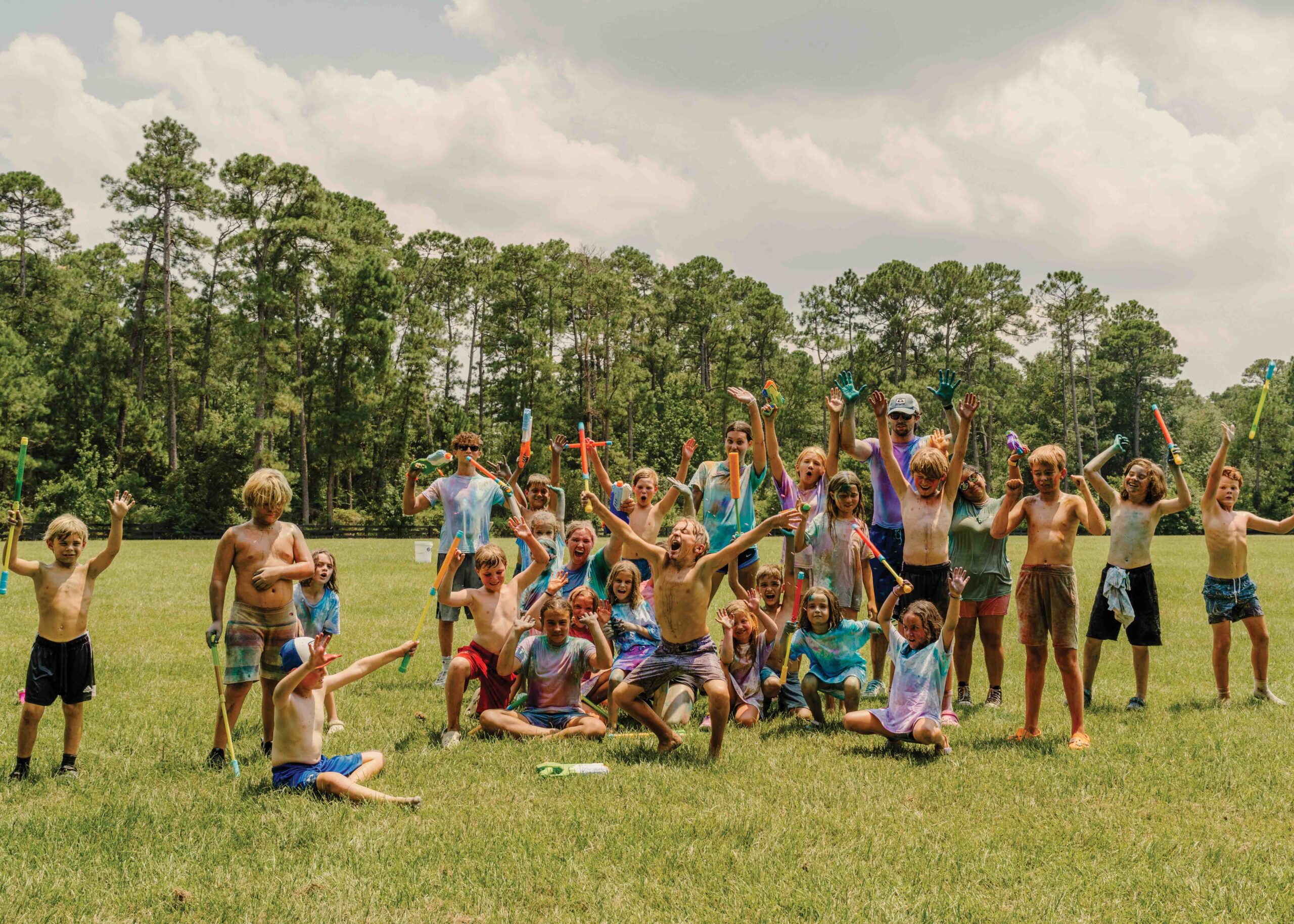
Photographs by Summer Pagatpatan Palmetto Bluff is a wilderness playground for families, a gateway to the outdoors, to living life close to nature. Palmetto Bluff Growing Outdoors, or PBGO, encompasses the ethos of this extraordinary place. CampGO is PBGO’...
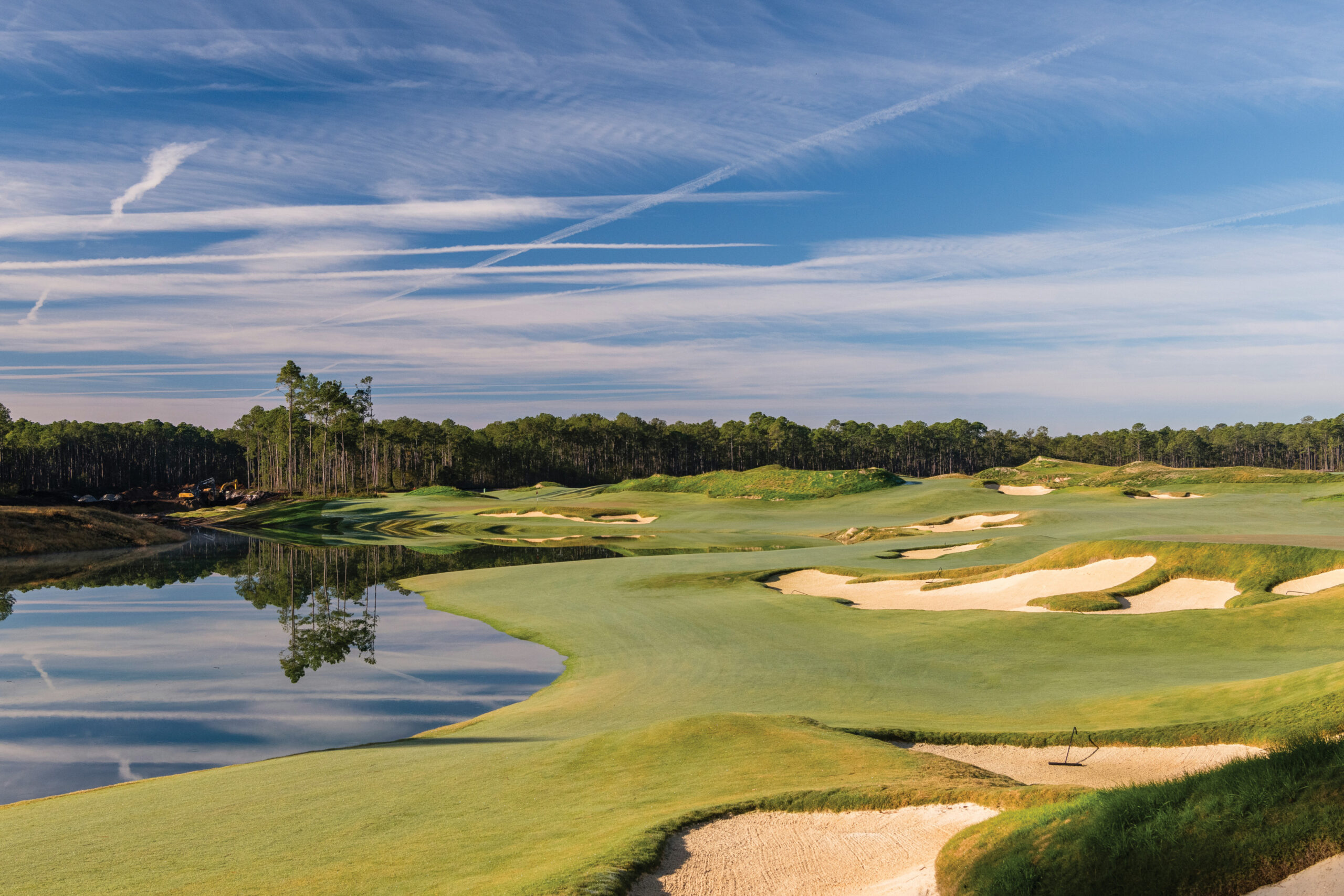
Discover the May River and Crossroads Golf Courses at Palmetto Bluff Positioned within the enchanting Lowcountry landscape, Palmetto Bluff boasts an array of world-class amenities, with its golf courses standing as a testament to the community's commitment to...
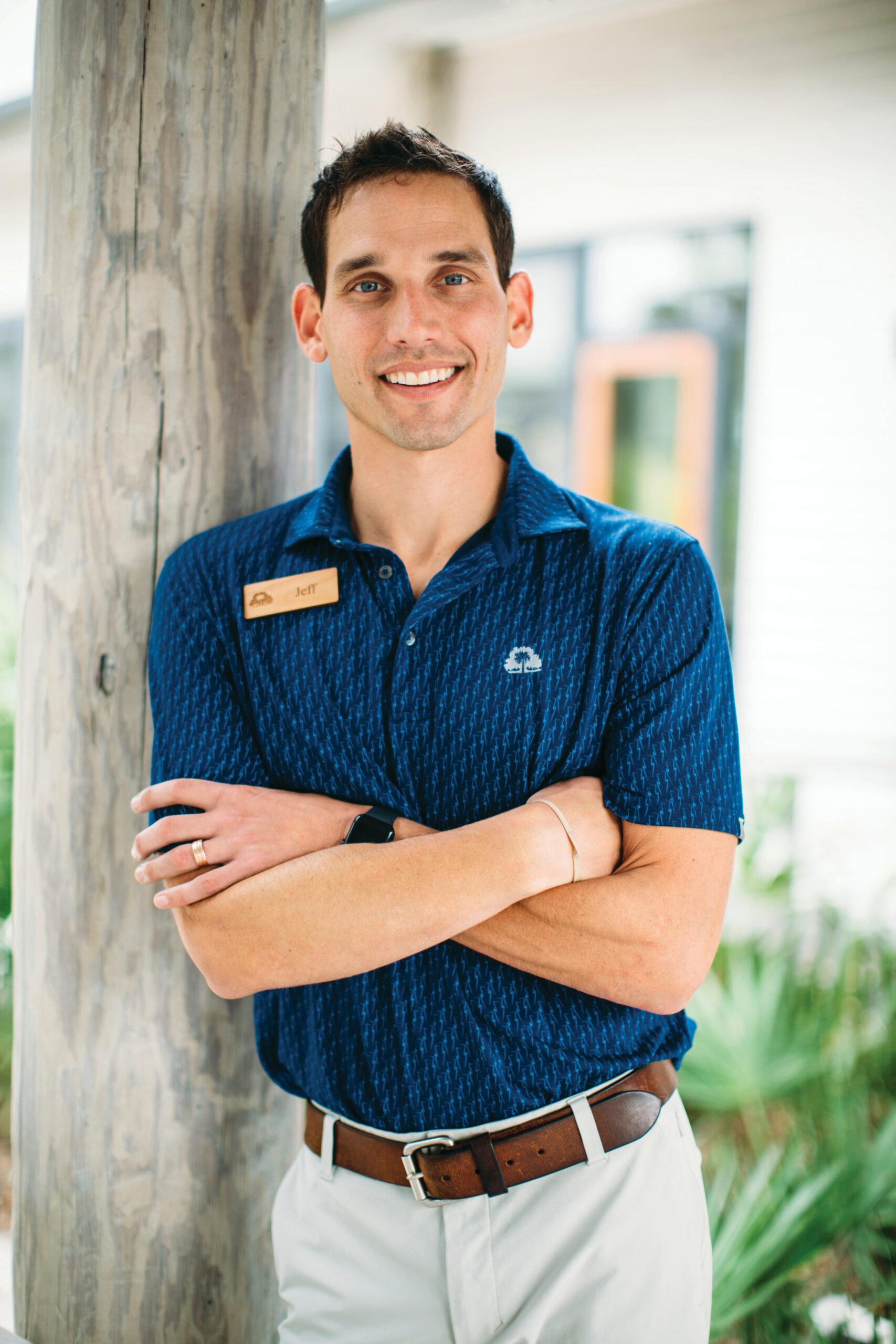
Jeff’s Journey to the Palmetto Bluff Fitness and Wellness Team Palmetto Bluff is located amidst the serene landscapes of the Lowcountry, a tranquil haven where wellness intertwines seamlessly with nature's splendor. Jeff Ford, the Palmetto Bluff Club's Direct...
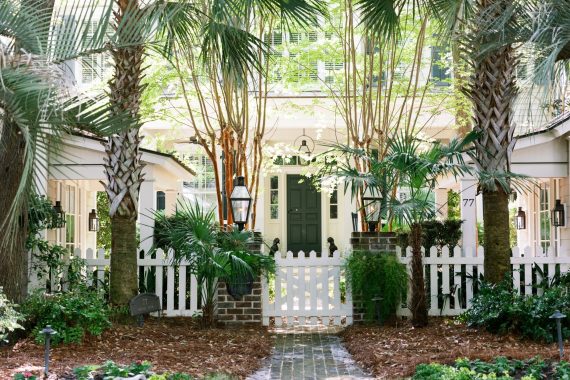
5 Benefits of Living in South Carolina Known for its charming small towns, pristine coastline, and natural beauty, the South Carolina Lowcountry is one of the most popular places to live. The Lowcountry is a unique and desirable place to live, offering an arr...
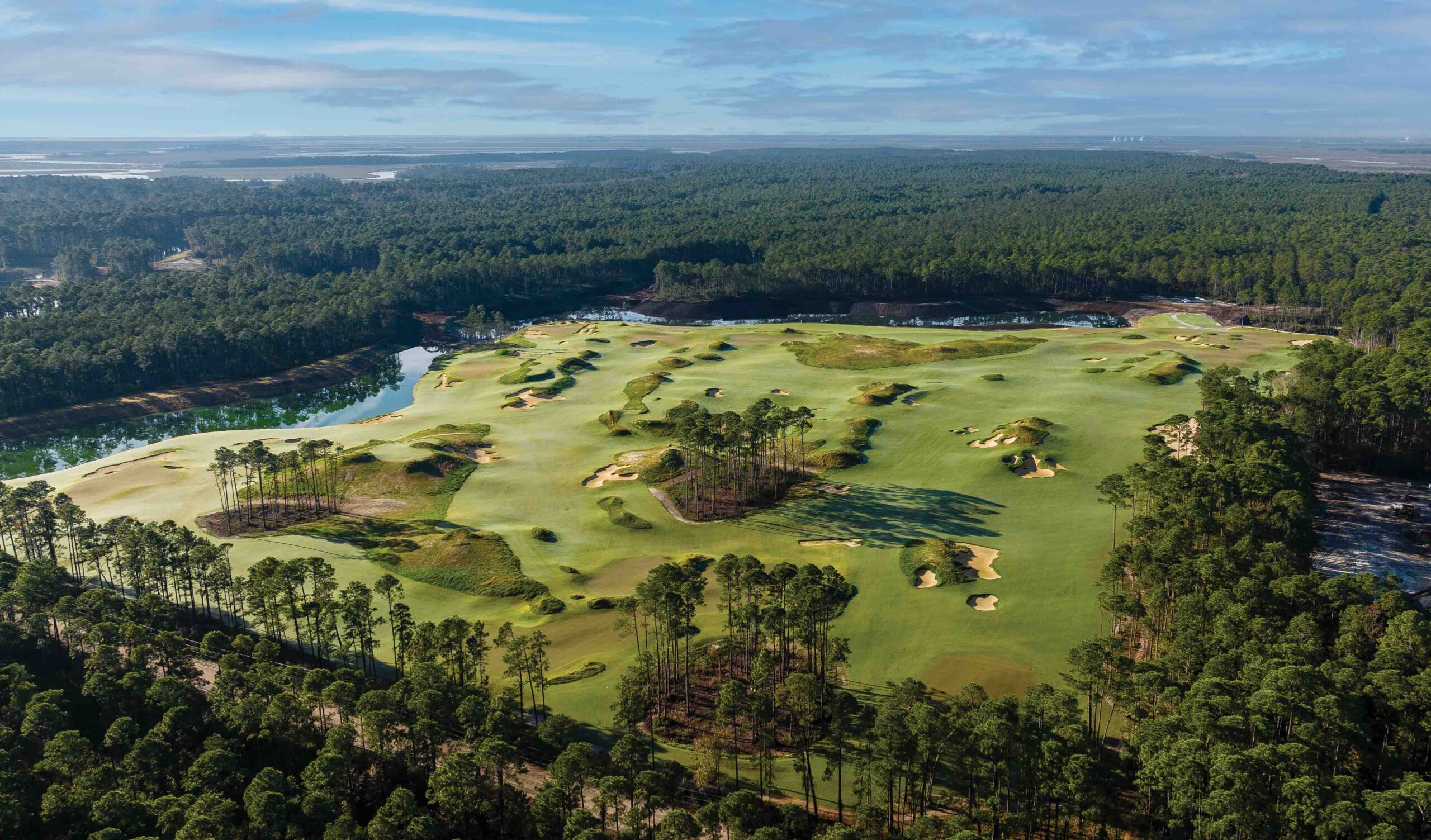
Photographs by Patrick O’Brien Words by Rob Collins Designer Rob Collins of King-Collins offers a first look at Crossroads, Palmetto Bluff’s new nine-hole reversible golf course. It is a feat of design. One routing, The Hammer, is a whirlwind of angles and u...

Story by Katie Epps Photographs by Joel Caldwell Beneath Palmetto Bluff’s sprawling oaks lie twelve cemeteries that serve as the final resting places for hundreds of people and nine dogs. Five of these cemeteries were started as burial grounds for enslaved...

Putting Down Strong Roots The Grove seamlessly combines curated style with courtyard living, welcoming the lush beauty of the Lowcountry at every doorstep. With twelve homesites meticulously designed to maximize outdoor living, Palmetto Bluff Builders offer...

How did you meet? Shayne: Jason and I both attended the University of Southern California. We met through our mutual friend Mike, a USC connection. I was always very captivated by Jason, his wit and charm. Jason: Shayne’s first job in college was working ...
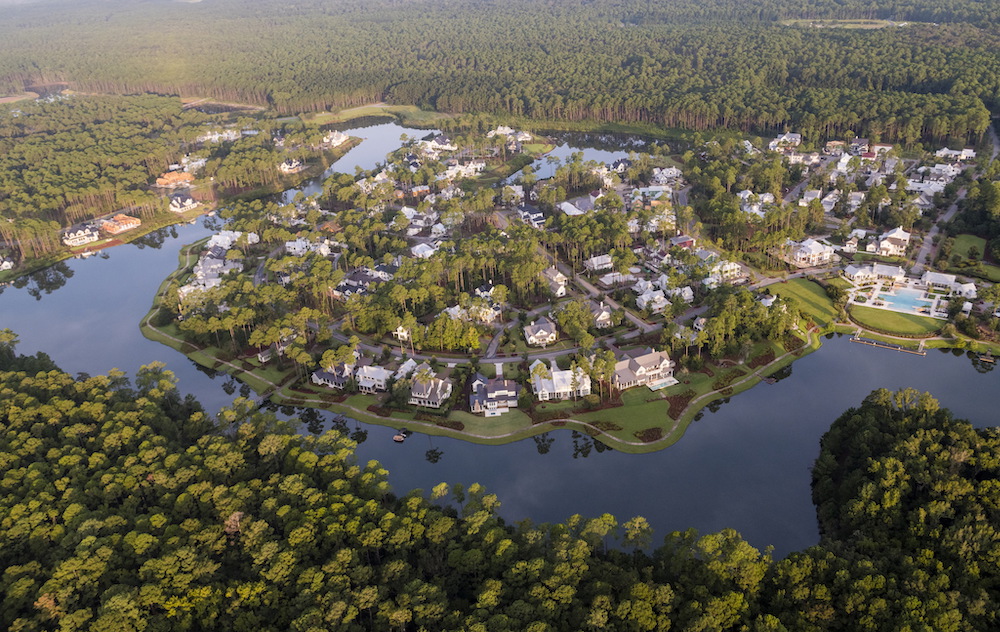
Create Lasting Habits With These 6 Palmetto Bluff Activities As the new year sets in, many of us find ourselves determined to stick to those resolutions we set just a few weeks ago. Whether it's getting fit, staying active, or embracing a healthier lifestyle,...
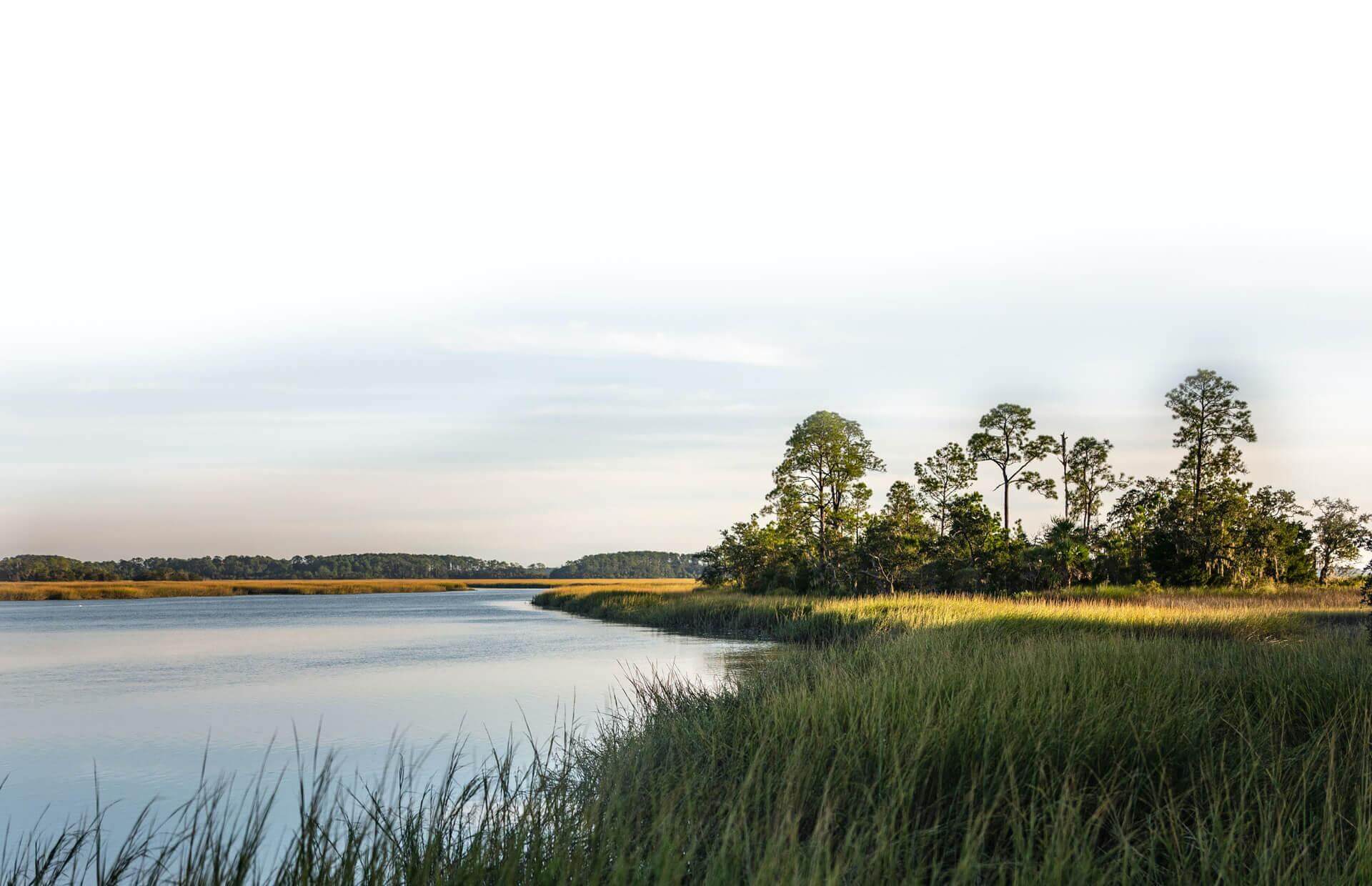
Learn about the Palmetto Bluff Conservancy and how we keep the vision of our land in place.
On land or water, there is an ever-evolving variety of activities.
We do not attempt to independently verify the currency, completeness, accuracy or authenticity of the data contained herein. All area measurements and calculations are approximate and should be independently verified. Data may be subject to transcription and transmission errors. Accordingly, the data is provided on an “as is” “as available” basis only and may not reflect all real estate activity in the market”. © [2023] REsides, Inc. All rights reserved. Certain information contained herein is derived from information, which is the licensed property of, and copyrighted by, REsides, Inc.